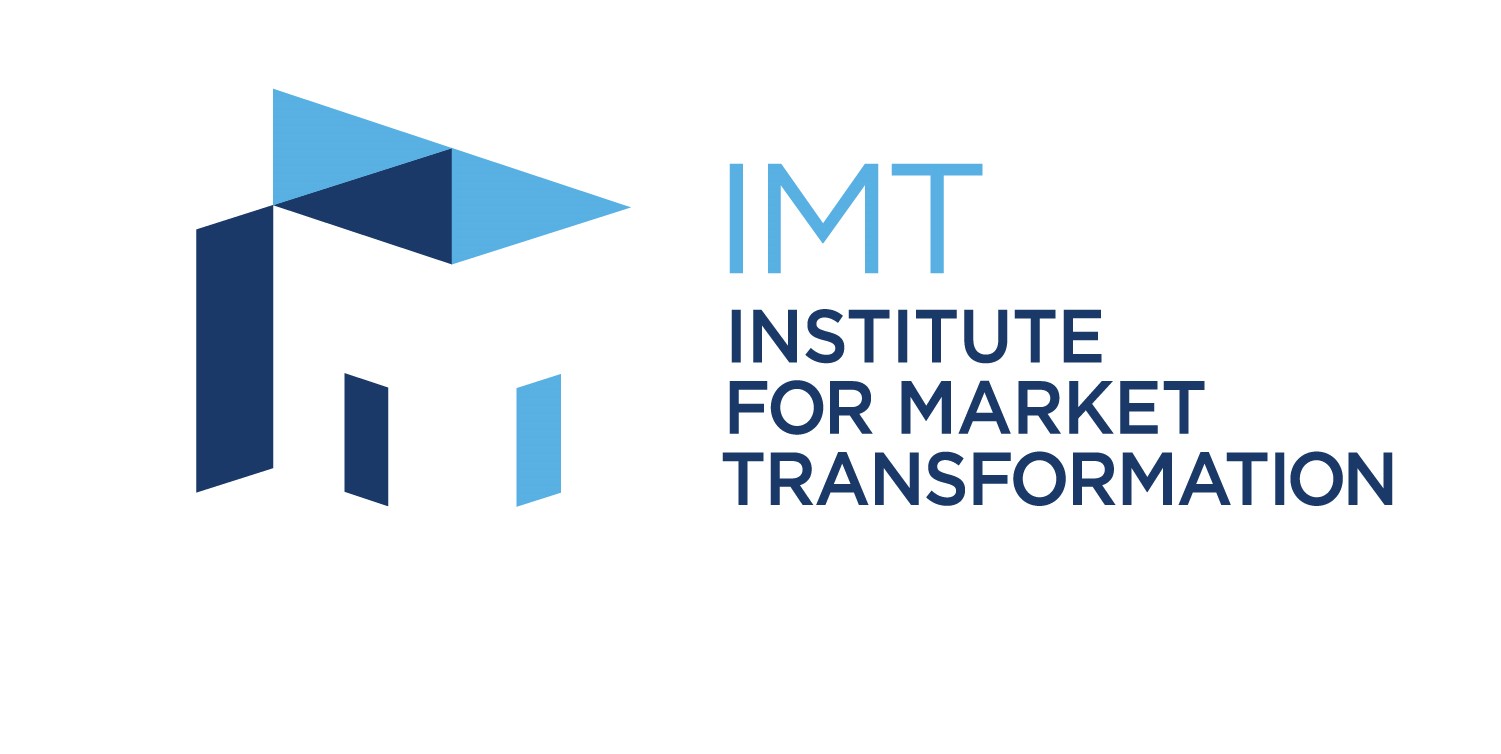Commercial, Energy Efficiency, GHG Emissions - March 20, 2025
SpartanNash Lowers Power Usage, Fleet Emissions
Food wholesaler and grocery retailer SpartanNash implemented several initiatives to reduce its environmental impact and improve efficiency, such as decreasing its fleet emissions and power usage.
In 2024, 191 new tractors were added to the fleet, which is approximately 27% of the total tractor fleet, according to a statement. These new tractors account for an approximately 6% increase in miles per gallon. As a result, the company expects to see decreases in fuel emissions as more older tractors are retired.
Through network optimization changes, operating miles for SpartanNash’s own fleet decreased by 4% compared to 2023.
The company also achieved these goals:
- Reviewing the use of renewable natural gas tractors throughout the fleet
- Evaluating tractor aerodynamic technologies across the fleet, based on 2024 pilot at select distribution centers
- Continuing to look for opportunities to utilize fewer buildings and miles for network optimization
Within its transportation, retail, and distribution centers, SpartanNash targeted refrigeration emissions by switching from high to low global warming potential (GWP) refrigerants in retail and fleet. In addition, the company investigated sites where expanding or implementing ammonia systems was possible.
The company added 282 new refrigerated trailers, which is approximately 21% of the total trailer fleet. As older model trailers are retired, the new trailers account for a 94% reduction in emissions per trailer.
SpartanNash upgraded refrigeration display cases throughout its retail stores and converted 77% of its distribution centers to using ammonia. The latest addition was the Bloomington Distribution Center, which converted to ammonia and reduced emissions by 6% in its distribution center network. The company also replaced freon units at the Bluefield, Fargo and Menominee distribution centers to reduce emissions.
The company made strides in modernizing the server infrastructure in 2023 and 2024. This included decommissioning 18 legacy servers and migrating its workloads to a hyper-converged infrastructure (HCI) solution. The legacy servers, operating at 675 W under typical high workloads (400 users per host), collectively consumed approximately 12 kWh, translating to an annual consumption of over 100,000 kWh. With the HCI migration, SpartanNash achieved a 22% reduction in power usage.
Read These Related Articles:
Share this valuable information with your colleagues using the buttons below:
« Back to NewsStay Up-To-Date












